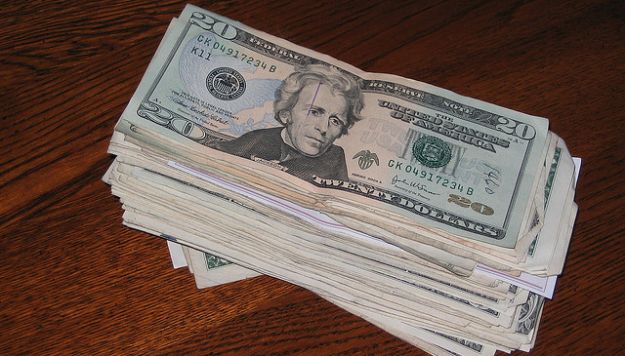The Wall Street Journal has pulled together a few myths people believe about SBA loans, and the real truth behind them.
The SBA only lends to people in dire need.
It’s common to hear the SBA described as a “lender of last resort.” In some ways, there’s good reason for this: The agency’s Office of Disaster Assistance speeds funds to borrowers in regions hammered by natural disasters, and it funds Community Development Financial Institutions that make loans to borrowers with higher-risk profiles.
But the SBA’s bread and butter is facilitating loans to viable businesses. “Do businesses need to be distressed to participate in our programs? The answer is no,” says Steve Smits, associate administrator for the agency’s Office of Capital Access. In 2008, during the height of the financial crisis, the SBA facilitated loans to nearly 70,000 businesses—and Mr. Smits says most of them would normally have been eligible for conventional bank loans.
The lenders face no risk with SBA loans.
Borrowers often assume banks aren’t taking any risks with SBA loans and don’t understand why lenders would reject them. “Folks believe the funding for loans comes from the government, but it doesn’t,” says Erik Back, vice president at 1st Source Corp., a lender in South Bend, Ind.
Banks issue SBA loans according to government guidelines and receive some protection against losses if the borrower defaults. But “the guarantees are never 100%,” Mr. Back says.
Receiving the loan takes months.
In reality, the programs typically involve a “six-week process, assuming the borrower is prepared on the front end,” says Greg Wineland, senior vice president of lending at Hope Enterprise Corp. in Jackson, Miss.
Photo by Dustin Moore
